Analysis of Aluminum Can Life Cycle Assessment: A Sustainable Report
VerifiedAdded on 2023/01/23
|16
|2774
|22
Report
AI Summary
This report presents a Life Cycle Assessment (LCA) of aluminum cans, focusing on sustainable development for engineering practitioners. The study utilizes Simapro and CES EduPack software to analyze the environmental impacts of the can's life cycle, from raw material extraction to disposal. The report identifies three crucial processes: material extraction, manufacturing, and end-of-life management, and presents data through network analysis, variable evaluation, weighting, single score assessment, and damage assessment. The analysis includes characterization and normalization to compare impact scores across different categories. The interpretation of results reveals the significant environmental burden associated with aluminum can production, particularly in terms of human health and resource depletion. The report also discusses the ethical dimensions, highlighting the social impacts of production in India and the potential for sustainable practices. Assumptions made during the process are justified and limitations are discussed, providing a comprehensive understanding of the environmental footprint of aluminum cans and their implications for sustainable engineering.
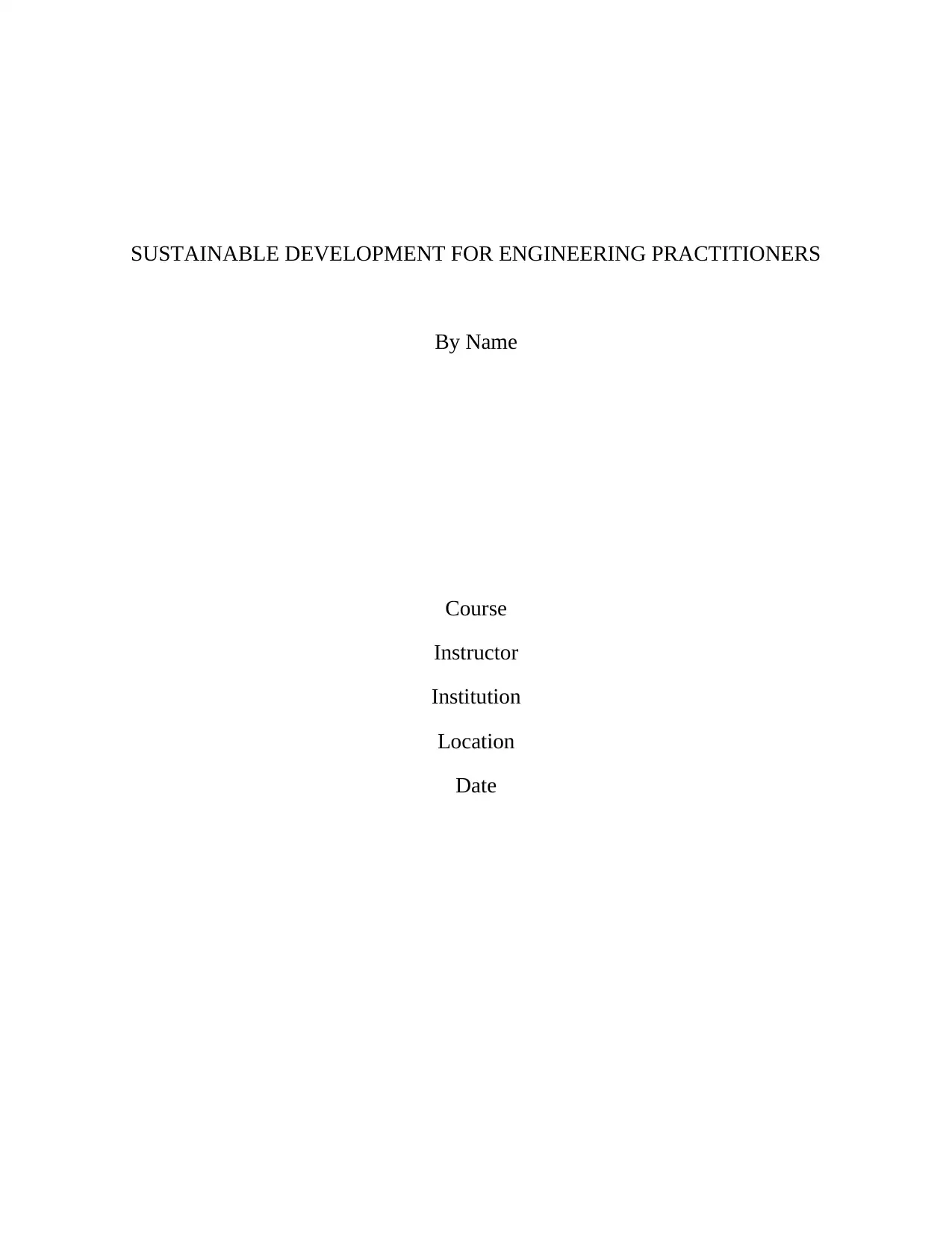
SUSTAINABLE DEVELOPMENT FOR ENGINEERING PRACTITIONERS
By Name
Course
Instructor
Institution
Location
Date
By Name
Course
Instructor
Institution
Location
Date
Paraphrase This Document
Need a fresh take? Get an instant paraphrase of this document with our AI Paraphraser
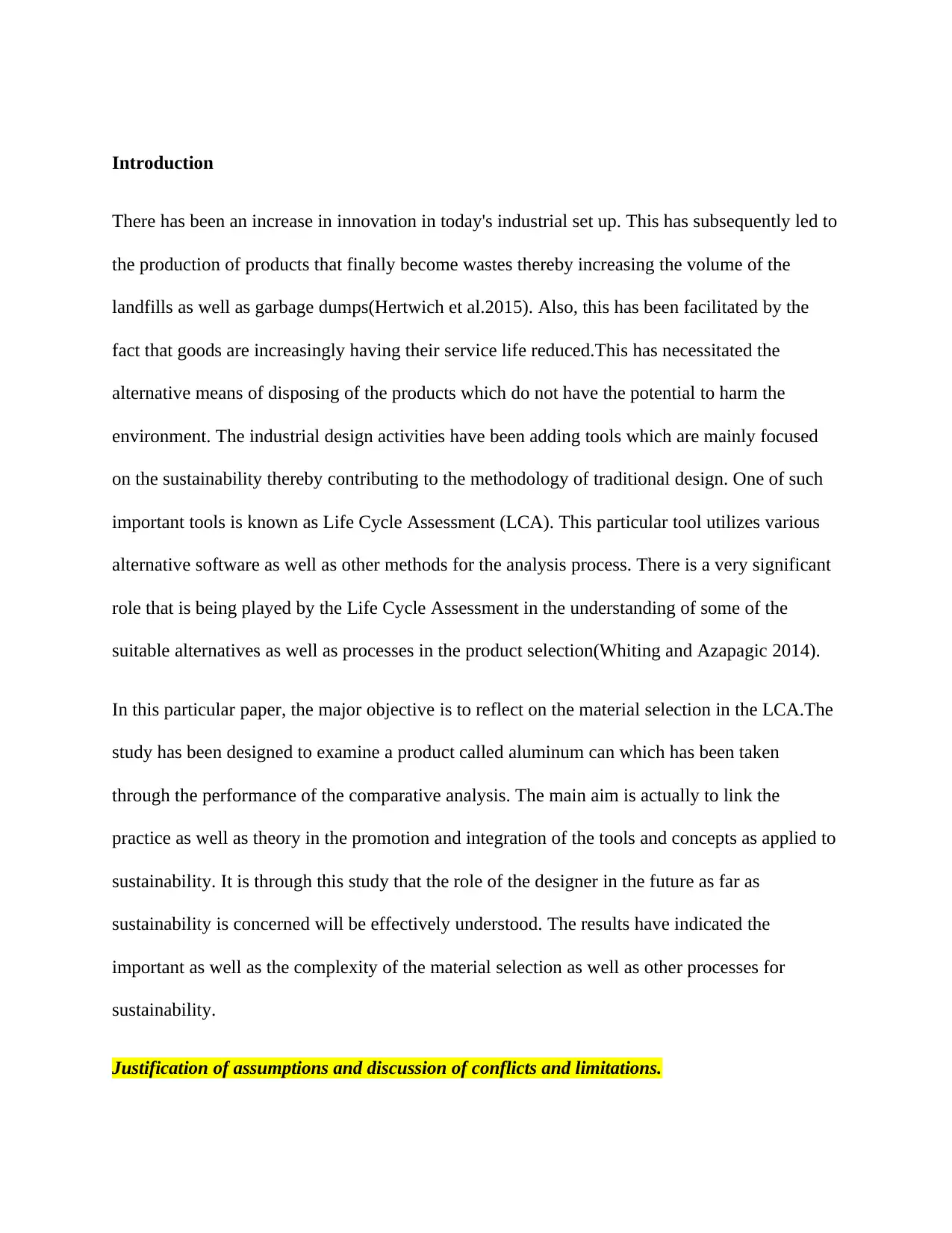
Introduction
There has been an increase in innovation in today's industrial set up. This has subsequently led to
the production of products that finally become wastes thereby increasing the volume of the
landfills as well as garbage dumps(Hertwich et al.2015). Also, this has been facilitated by the
fact that goods are increasingly having their service life reduced.This has necessitated the
alternative means of disposing of the products which do not have the potential to harm the
environment. The industrial design activities have been adding tools which are mainly focused
on the sustainability thereby contributing to the methodology of traditional design. One of such
important tools is known as Life Cycle Assessment (LCA). This particular tool utilizes various
alternative software as well as other methods for the analysis process. There is a very significant
role that is being played by the Life Cycle Assessment in the understanding of some of the
suitable alternatives as well as processes in the product selection(Whiting and Azapagic 2014).
In this particular paper, the major objective is to reflect on the material selection in the LCA.The
study has been designed to examine a product called aluminum can which has been taken
through the performance of the comparative analysis. The main aim is actually to link the
practice as well as theory in the promotion and integration of the tools and concepts as applied to
sustainability. It is through this study that the role of the designer in the future as far as
sustainability is concerned will be effectively understood. The results have indicated the
important as well as the complexity of the material selection as well as other processes for
sustainability.
Justification of assumptions and discussion of conflicts and limitations.
There has been an increase in innovation in today's industrial set up. This has subsequently led to
the production of products that finally become wastes thereby increasing the volume of the
landfills as well as garbage dumps(Hertwich et al.2015). Also, this has been facilitated by the
fact that goods are increasingly having their service life reduced.This has necessitated the
alternative means of disposing of the products which do not have the potential to harm the
environment. The industrial design activities have been adding tools which are mainly focused
on the sustainability thereby contributing to the methodology of traditional design. One of such
important tools is known as Life Cycle Assessment (LCA). This particular tool utilizes various
alternative software as well as other methods for the analysis process. There is a very significant
role that is being played by the Life Cycle Assessment in the understanding of some of the
suitable alternatives as well as processes in the product selection(Whiting and Azapagic 2014).
In this particular paper, the major objective is to reflect on the material selection in the LCA.The
study has been designed to examine a product called aluminum can which has been taken
through the performance of the comparative analysis. The main aim is actually to link the
practice as well as theory in the promotion and integration of the tools and concepts as applied to
sustainability. It is through this study that the role of the designer in the future as far as
sustainability is concerned will be effectively understood. The results have indicated the
important as well as the complexity of the material selection as well as other processes for
sustainability.
Justification of assumptions and discussion of conflicts and limitations.
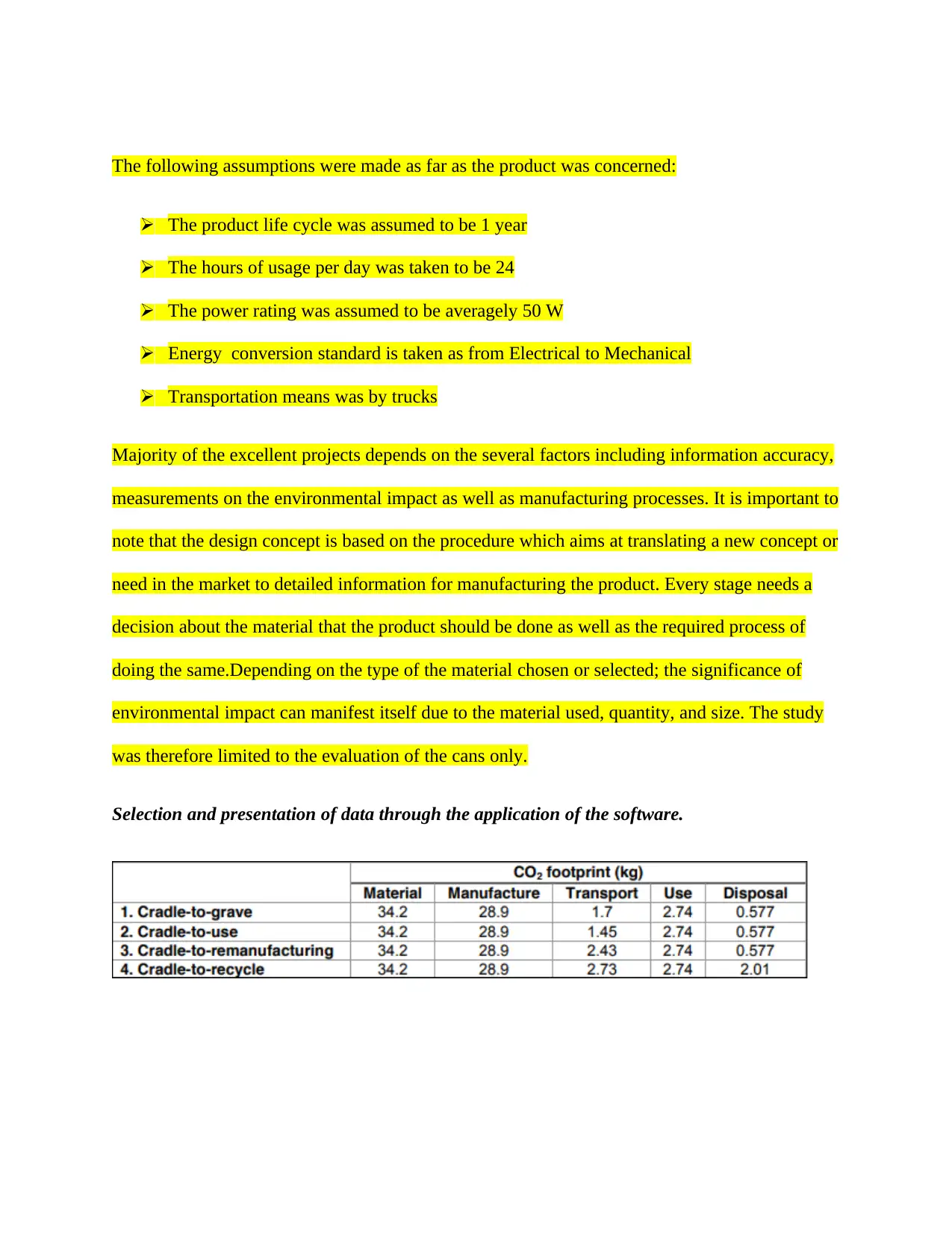
The following assumptions were made as far as the product was concerned:
The product life cycle was assumed to be 1 year
The hours of usage per day was taken to be 24
The power rating was assumed to be averagely 50 W
Energy conversion standard is taken as from Electrical to Mechanical
Transportation means was by trucks
Majority of the excellent projects depends on the several factors including information accuracy,
measurements on the environmental impact as well as manufacturing processes. It is important to
note that the design concept is based on the procedure which aims at translating a new concept or
need in the market to detailed information for manufacturing the product. Every stage needs a
decision about the material that the product should be done as well as the required process of
doing the same.Depending on the type of the material chosen or selected; the significance of
environmental impact can manifest itself due to the material used, quantity, and size. The study
was therefore limited to the evaluation of the cans only.
Selection and presentation of data through the application of the software.
The product life cycle was assumed to be 1 year
The hours of usage per day was taken to be 24
The power rating was assumed to be averagely 50 W
Energy conversion standard is taken as from Electrical to Mechanical
Transportation means was by trucks
Majority of the excellent projects depends on the several factors including information accuracy,
measurements on the environmental impact as well as manufacturing processes. It is important to
note that the design concept is based on the procedure which aims at translating a new concept or
need in the market to detailed information for manufacturing the product. Every stage needs a
decision about the material that the product should be done as well as the required process of
doing the same.Depending on the type of the material chosen or selected; the significance of
environmental impact can manifest itself due to the material used, quantity, and size. The study
was therefore limited to the evaluation of the cans only.
Selection and presentation of data through the application of the software.
⊘ This is a preview!⊘
Do you want full access?
Subscribe today to unlock all pages.

Trusted by 1+ million students worldwide
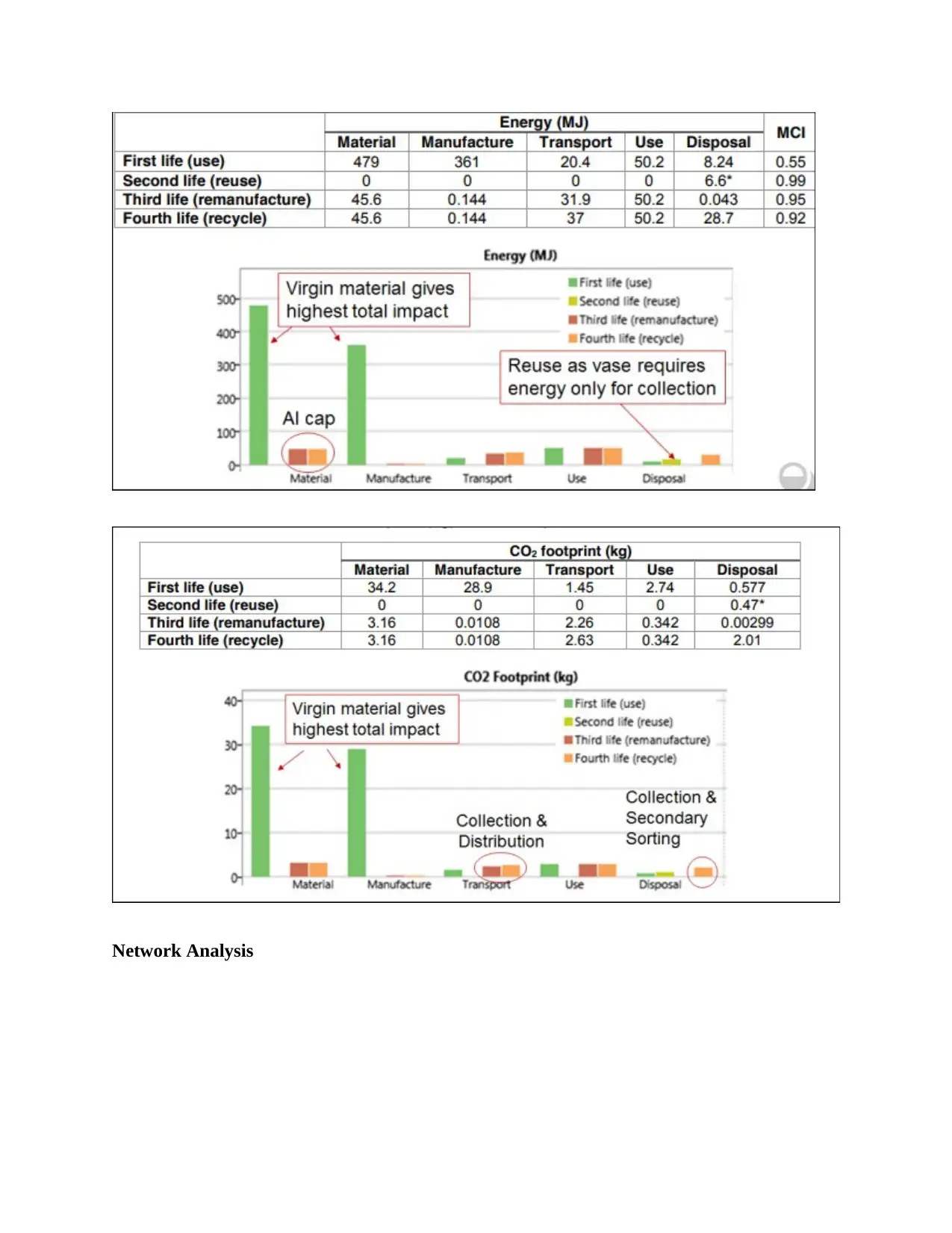
Network Analysis
Paraphrase This Document
Need a fresh take? Get an instant paraphrase of this document with our AI Paraphraser
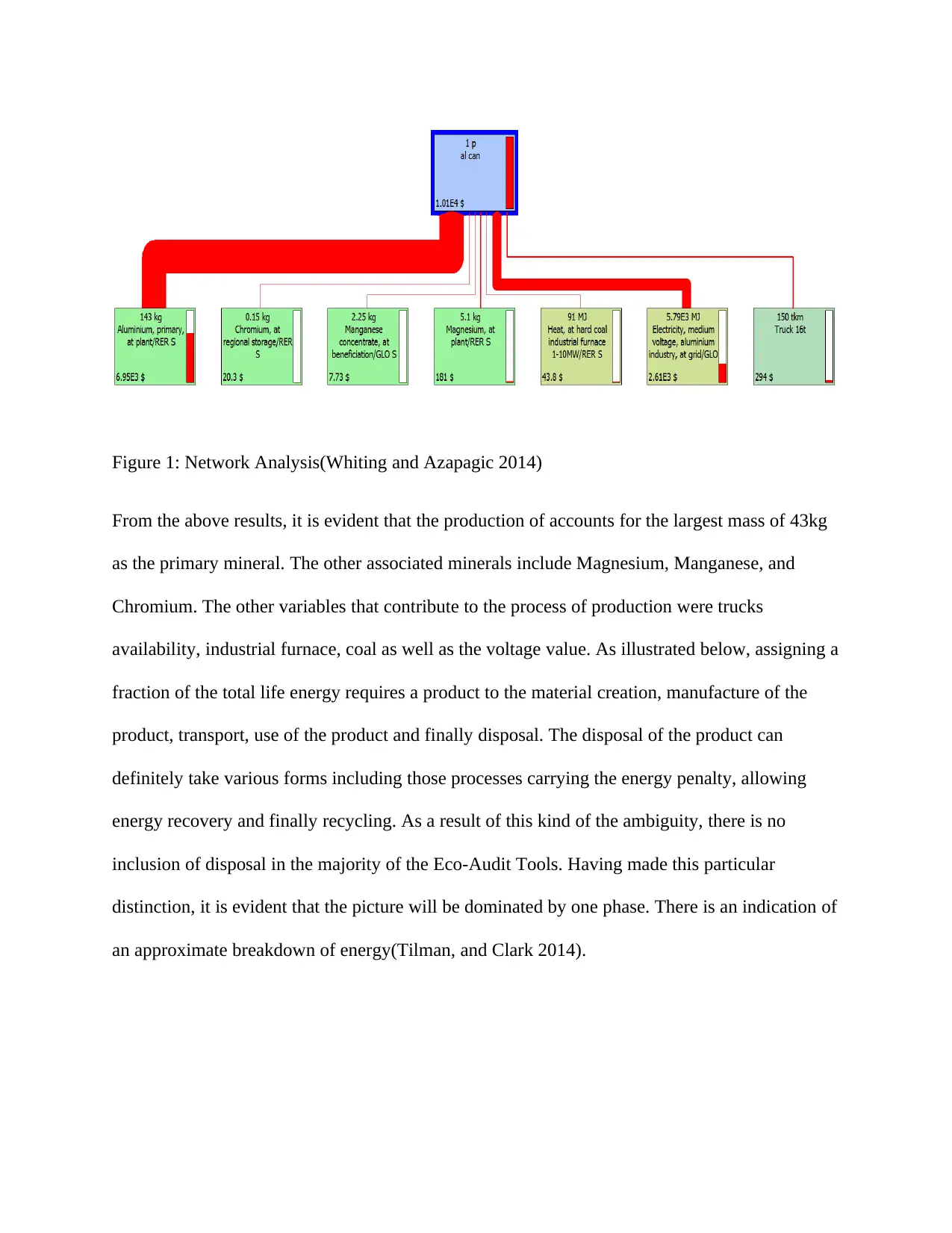
Figure 1: Network Analysis(Whiting and Azapagic 2014)
From the above results, it is evident that the production of accounts for the largest mass of 43kg
as the primary mineral. The other associated minerals include Magnesium, Manganese, and
Chromium. The other variables that contribute to the process of production were trucks
availability, industrial furnace, coal as well as the voltage value. As illustrated below, assigning a
fraction of the total life energy requires a product to the material creation, manufacture of the
product, transport, use of the product and finally disposal. The disposal of the product can
definitely take various forms including those processes carrying the energy penalty, allowing
energy recovery and finally recycling. As a result of this kind of the ambiguity, there is no
inclusion of disposal in the majority of the Eco-Audit Tools. Having made this particular
distinction, it is evident that the picture will be dominated by one phase. There is an indication of
an approximate breakdown of energy(Tilman, and Clark 2014).
From the above results, it is evident that the production of accounts for the largest mass of 43kg
as the primary mineral. The other associated minerals include Magnesium, Manganese, and
Chromium. The other variables that contribute to the process of production were trucks
availability, industrial furnace, coal as well as the voltage value. As illustrated below, assigning a
fraction of the total life energy requires a product to the material creation, manufacture of the
product, transport, use of the product and finally disposal. The disposal of the product can
definitely take various forms including those processes carrying the energy penalty, allowing
energy recovery and finally recycling. As a result of this kind of the ambiguity, there is no
inclusion of disposal in the majority of the Eco-Audit Tools. Having made this particular
distinction, it is evident that the picture will be dominated by one phase. There is an indication of
an approximate breakdown of energy(Tilman, and Clark 2014).
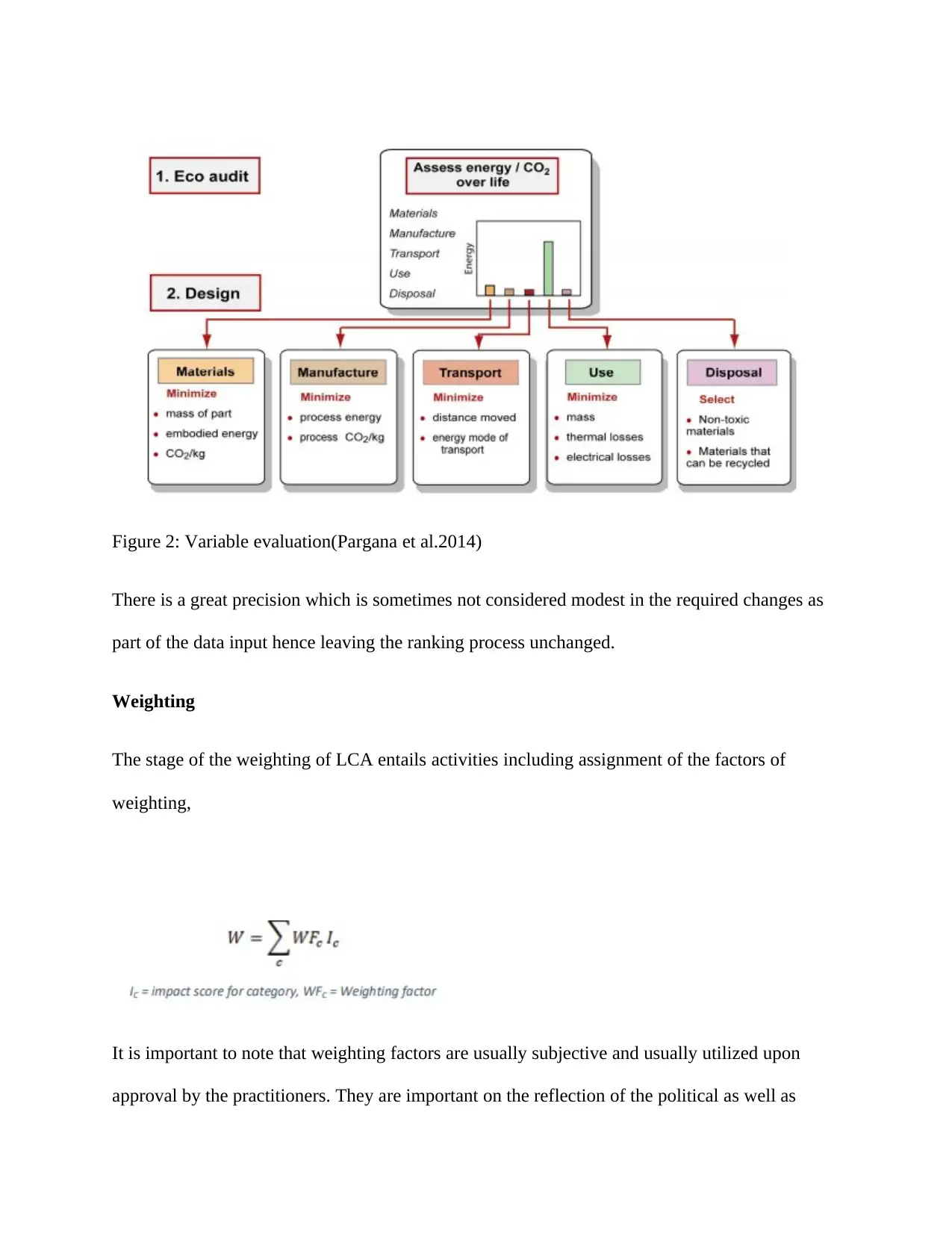
Figure 2: Variable evaluation(Pargana et al.2014)
There is a great precision which is sometimes not considered modest in the required changes as
part of the data input hence leaving the ranking process unchanged.
Weighting
The stage of the weighting of LCA entails activities including assignment of the factors of
weighting,
It is important to note that weighting factors are usually subjective and usually utilized upon
approval by the practitioners. They are important on the reflection of the political as well as
There is a great precision which is sometimes not considered modest in the required changes as
part of the data input hence leaving the ranking process unchanged.
Weighting
The stage of the weighting of LCA entails activities including assignment of the factors of
weighting,
It is important to note that weighting factors are usually subjective and usually utilized upon
approval by the practitioners. They are important on the reflection of the political as well as
⊘ This is a preview!⊘
Do you want full access?
Subscribe today to unlock all pages.

Trusted by 1+ million students worldwide
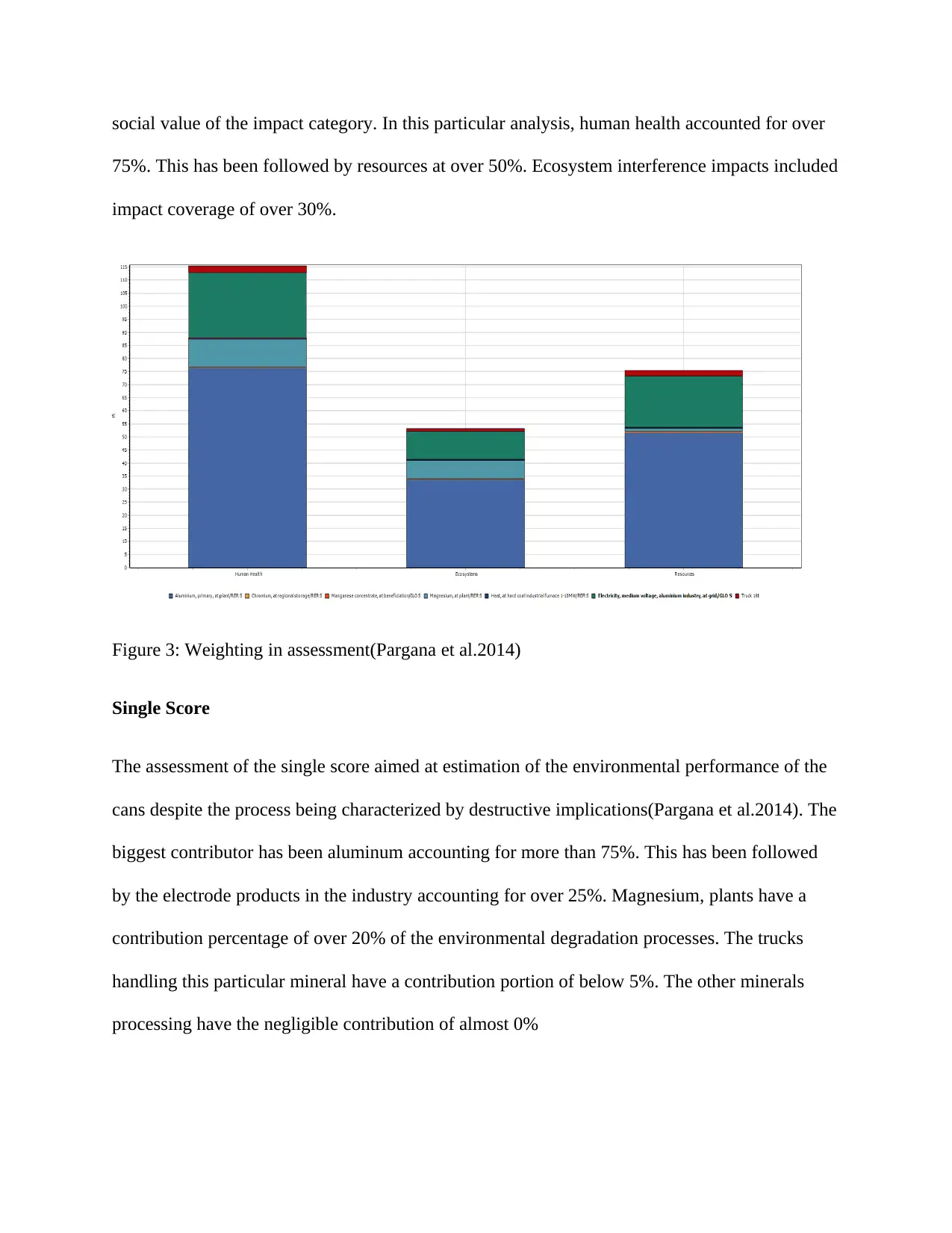
social value of the impact category. In this particular analysis, human health accounted for over
75%. This has been followed by resources at over 50%. Ecosystem interference impacts included
impact coverage of over 30%.
Figure 3: Weighting in assessment(Pargana et al.2014)
Single Score
The assessment of the single score aimed at estimation of the environmental performance of the
cans despite the process being characterized by destructive implications(Pargana et al.2014). The
biggest contributor has been aluminum accounting for more than 75%. This has been followed
by the electrode products in the industry accounting for over 25%. Magnesium, plants have a
contribution percentage of over 20% of the environmental degradation processes. The trucks
handling this particular mineral have a contribution portion of below 5%. The other minerals
processing have the negligible contribution of almost 0%
75%. This has been followed by resources at over 50%. Ecosystem interference impacts included
impact coverage of over 30%.
Figure 3: Weighting in assessment(Pargana et al.2014)
Single Score
The assessment of the single score aimed at estimation of the environmental performance of the
cans despite the process being characterized by destructive implications(Pargana et al.2014). The
biggest contributor has been aluminum accounting for more than 75%. This has been followed
by the electrode products in the industry accounting for over 25%. Magnesium, plants have a
contribution percentage of over 20% of the environmental degradation processes. The trucks
handling this particular mineral have a contribution portion of below 5%. The other minerals
processing have the negligible contribution of almost 0%
Paraphrase This Document
Need a fresh take? Get an instant paraphrase of this document with our AI Paraphraser
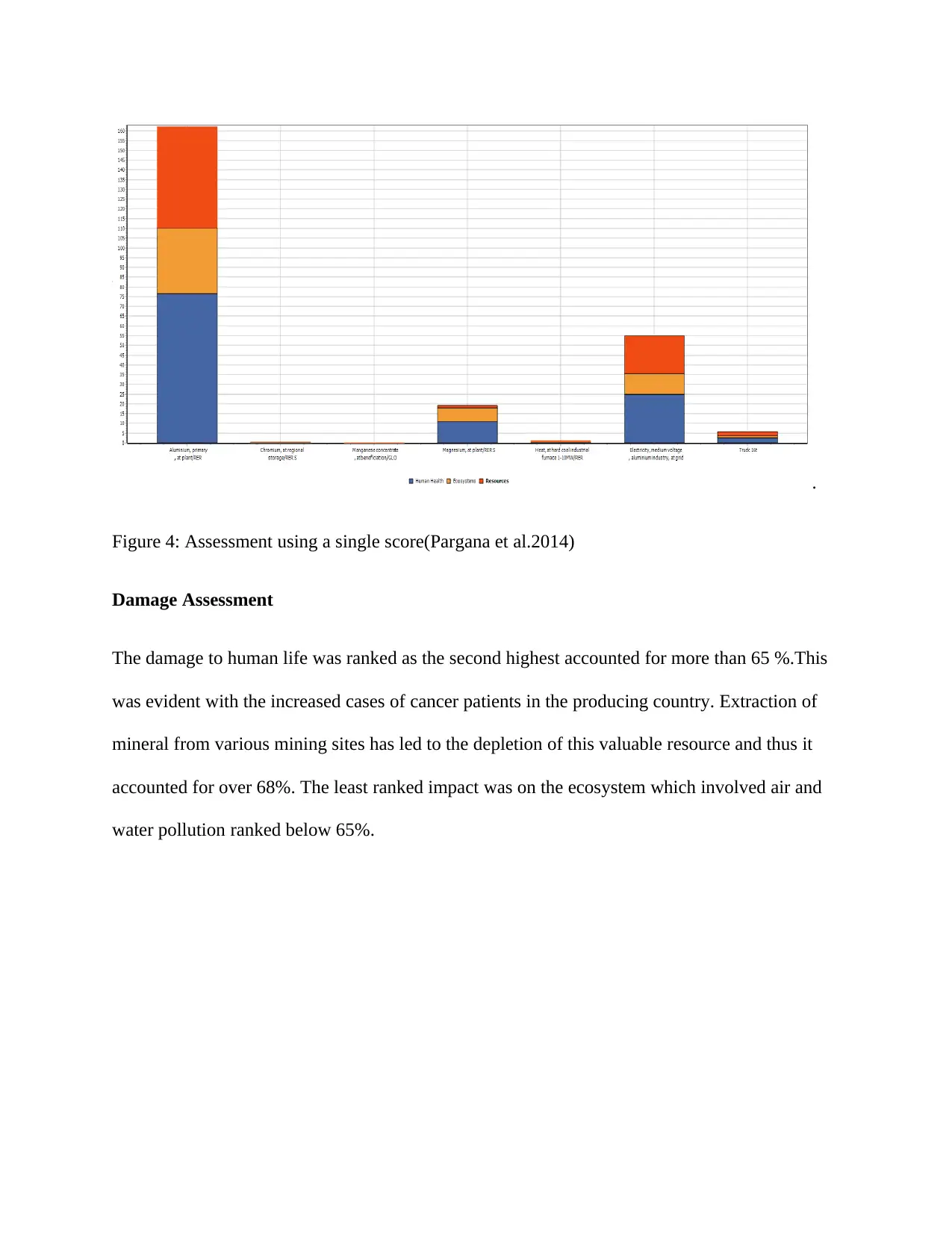
.
Figure 4: Assessment using a single score(Pargana et al.2014)
Damage Assessment
The damage to human life was ranked as the second highest accounted for more than 65 %.This
was evident with the increased cases of cancer patients in the producing country. Extraction of
mineral from various mining sites has led to the depletion of this valuable resource and thus it
accounted for over 68%. The least ranked impact was on the ecosystem which involved air and
water pollution ranked below 65%.
Figure 4: Assessment using a single score(Pargana et al.2014)
Damage Assessment
The damage to human life was ranked as the second highest accounted for more than 65 %.This
was evident with the increased cases of cancer patients in the producing country. Extraction of
mineral from various mining sites has led to the depletion of this valuable resource and thus it
accounted for over 68%. The least ranked impact was on the ecosystem which involved air and
water pollution ranked below 65%.
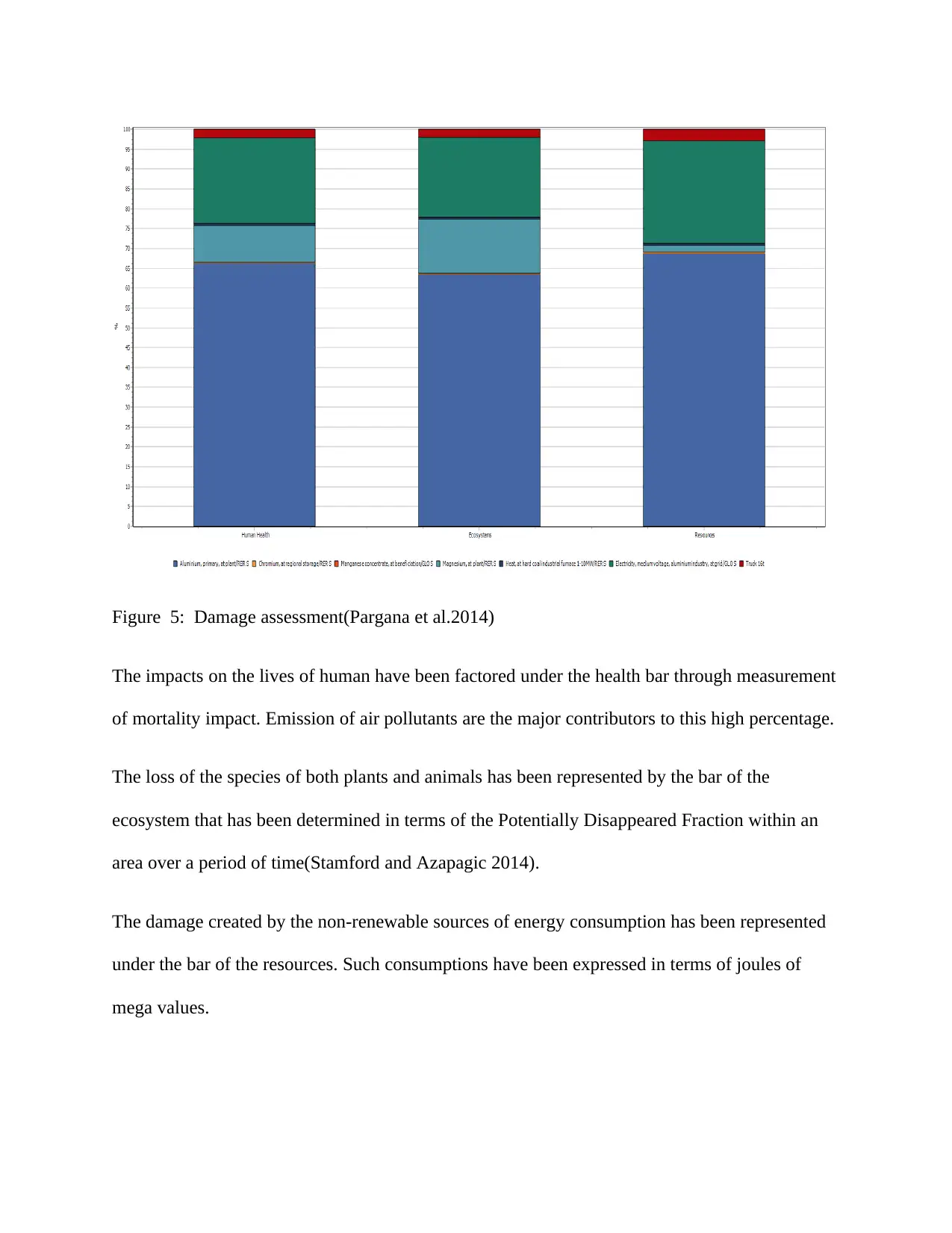
Figure 5: Damage assessment(Pargana et al.2014)
The impacts on the lives of human have been factored under the health bar through measurement
of mortality impact. Emission of air pollutants are the major contributors to this high percentage.
The loss of the species of both plants and animals has been represented by the bar of the
ecosystem that has been determined in terms of the Potentially Disappeared Fraction within an
area over a period of time(Stamford and Azapagic 2014).
The damage created by the non-renewable sources of energy consumption has been represented
under the bar of the resources. Such consumptions have been expressed in terms of joules of
mega values.
The impacts on the lives of human have been factored under the health bar through measurement
of mortality impact. Emission of air pollutants are the major contributors to this high percentage.
The loss of the species of both plants and animals has been represented by the bar of the
ecosystem that has been determined in terms of the Potentially Disappeared Fraction within an
area over a period of time(Stamford and Azapagic 2014).
The damage created by the non-renewable sources of energy consumption has been represented
under the bar of the resources. Such consumptions have been expressed in terms of joules of
mega values.
⊘ This is a preview!⊘
Do you want full access?
Subscribe today to unlock all pages.

Trusted by 1+ million students worldwide
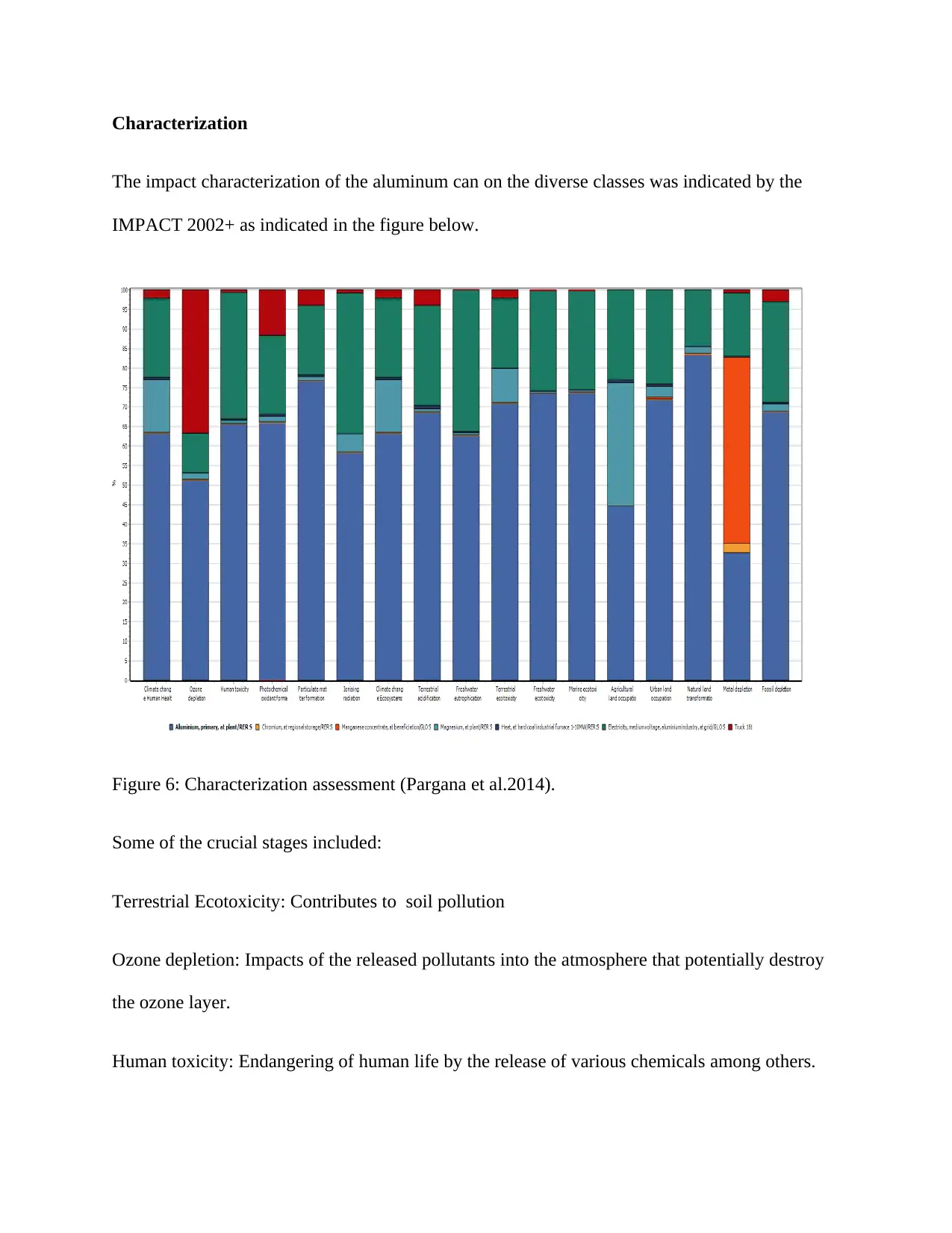
Characterization
The impact characterization of the aluminum can on the diverse classes was indicated by the
IMPACT 2002+ as indicated in the figure below.
Figure 6: Characterization assessment (Pargana et al.2014).
Some of the crucial stages included:
Terrestrial Ecotoxicity: Contributes to soil pollution
Ozone depletion: Impacts of the released pollutants into the atmosphere that potentially destroy
the ozone layer.
Human toxicity: Endangering of human life by the release of various chemicals among others.
The impact characterization of the aluminum can on the diverse classes was indicated by the
IMPACT 2002+ as indicated in the figure below.
Figure 6: Characterization assessment (Pargana et al.2014).
Some of the crucial stages included:
Terrestrial Ecotoxicity: Contributes to soil pollution
Ozone depletion: Impacts of the released pollutants into the atmosphere that potentially destroy
the ozone layer.
Human toxicity: Endangering of human life by the release of various chemicals among others.
Paraphrase This Document
Need a fresh take? Get an instant paraphrase of this document with our AI Paraphraser
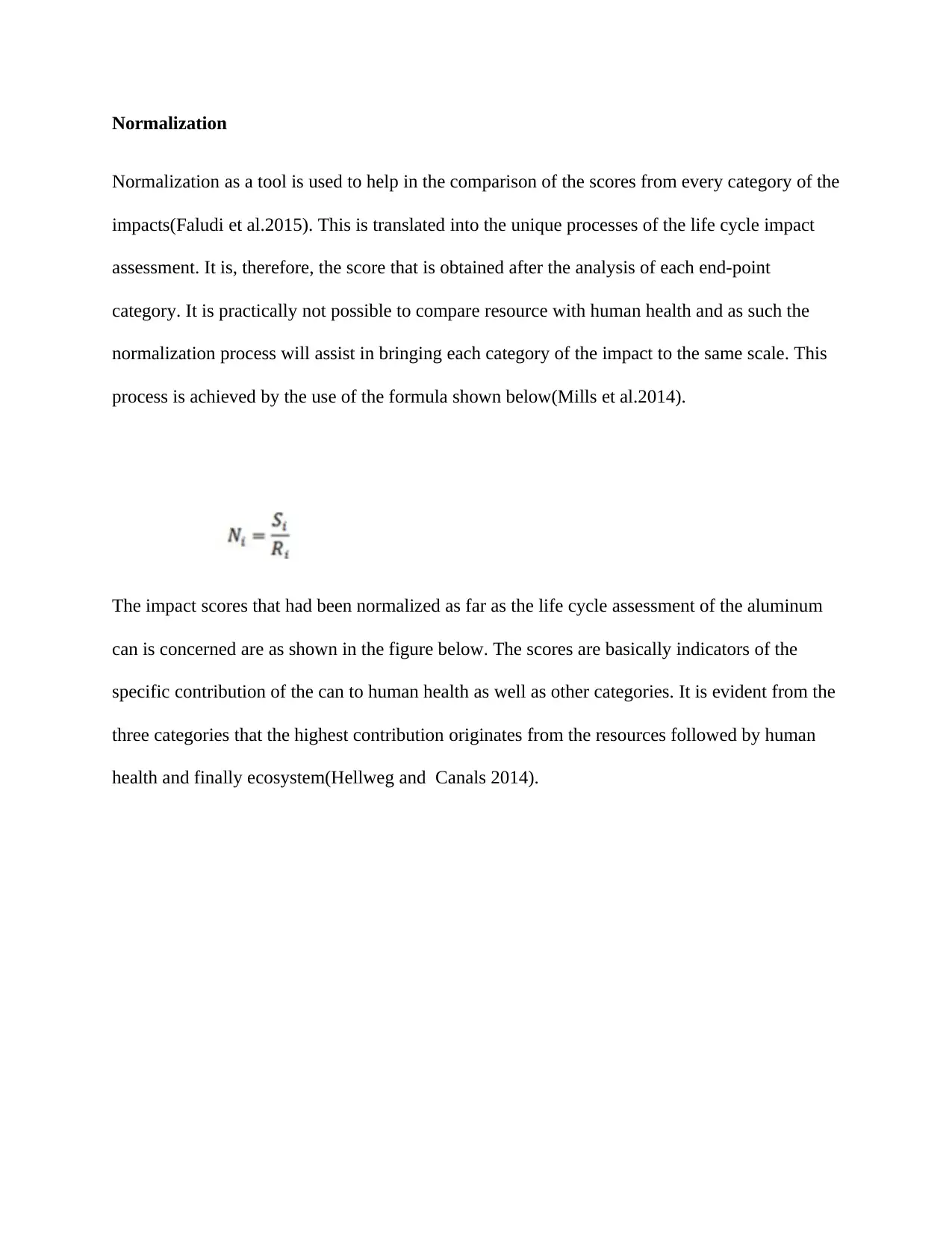
Normalization
Normalization as a tool is used to help in the comparison of the scores from every category of the
impacts(Faludi et al.2015). This is translated into the unique processes of the life cycle impact
assessment. It is, therefore, the score that is obtained after the analysis of each end-point
category. It is practically not possible to compare resource with human health and as such the
normalization process will assist in bringing each category of the impact to the same scale. This
process is achieved by the use of the formula shown below(Mills et al.2014).
The impact scores that had been normalized as far as the life cycle assessment of the aluminum
can is concerned are as shown in the figure below. The scores are basically indicators of the
specific contribution of the can to human health as well as other categories. It is evident from the
three categories that the highest contribution originates from the resources followed by human
health and finally ecosystem(Hellweg and Canals 2014).
Normalization as a tool is used to help in the comparison of the scores from every category of the
impacts(Faludi et al.2015). This is translated into the unique processes of the life cycle impact
assessment. It is, therefore, the score that is obtained after the analysis of each end-point
category. It is practically not possible to compare resource with human health and as such the
normalization process will assist in bringing each category of the impact to the same scale. This
process is achieved by the use of the formula shown below(Mills et al.2014).
The impact scores that had been normalized as far as the life cycle assessment of the aluminum
can is concerned are as shown in the figure below. The scores are basically indicators of the
specific contribution of the can to human health as well as other categories. It is evident from the
three categories that the highest contribution originates from the resources followed by human
health and finally ecosystem(Hellweg and Canals 2014).
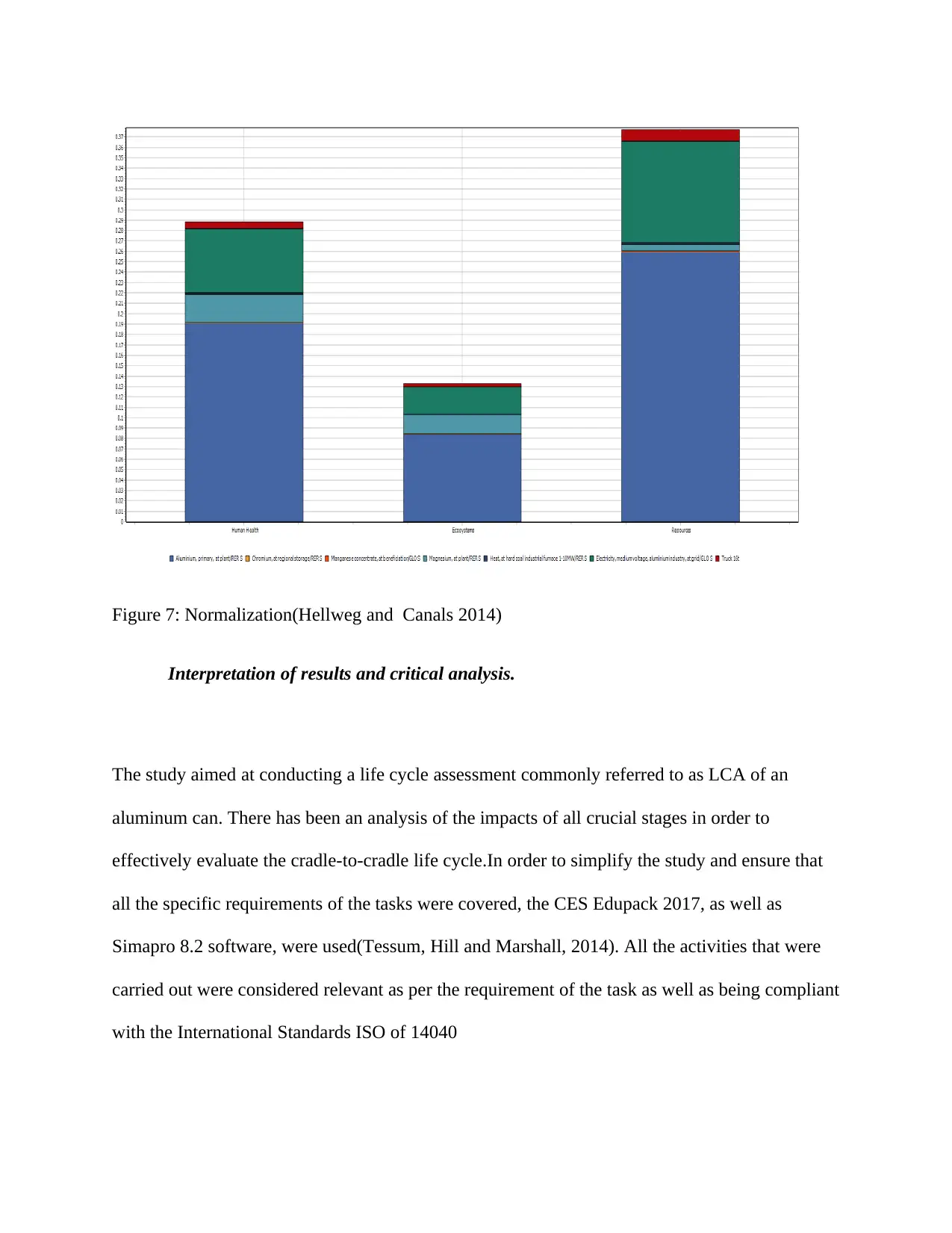
Figure 7: Normalization(Hellweg and Canals 2014)
Interpretation of results and critical analysis.
The study aimed at conducting a life cycle assessment commonly referred to as LCA of an
aluminum can. There has been an analysis of the impacts of all crucial stages in order to
effectively evaluate the cradle-to-cradle life cycle.In order to simplify the study and ensure that
all the specific requirements of the tasks were covered, the CES Edupack 2017, as well as
Simapro 8.2 software, were used(Tessum, Hill and Marshall, 2014). All the activities that were
carried out were considered relevant as per the requirement of the task as well as being compliant
with the International Standards ISO of 14040
Interpretation of results and critical analysis.
The study aimed at conducting a life cycle assessment commonly referred to as LCA of an
aluminum can. There has been an analysis of the impacts of all crucial stages in order to
effectively evaluate the cradle-to-cradle life cycle.In order to simplify the study and ensure that
all the specific requirements of the tasks were covered, the CES Edupack 2017, as well as
Simapro 8.2 software, were used(Tessum, Hill and Marshall, 2014). All the activities that were
carried out were considered relevant as per the requirement of the task as well as being compliant
with the International Standards ISO of 14040
⊘ This is a preview!⊘
Do you want full access?
Subscribe today to unlock all pages.

Trusted by 1+ million students worldwide
1 out of 16
Related Documents
Your All-in-One AI-Powered Toolkit for Academic Success.
+13062052269
info@desklib.com
Available 24*7 on WhatsApp / Email
![[object Object]](/_next/static/media/star-bottom.7253800d.svg)
Unlock your academic potential
Copyright © 2020–2025 A2Z Services. All Rights Reserved. Developed and managed by ZUCOL.





